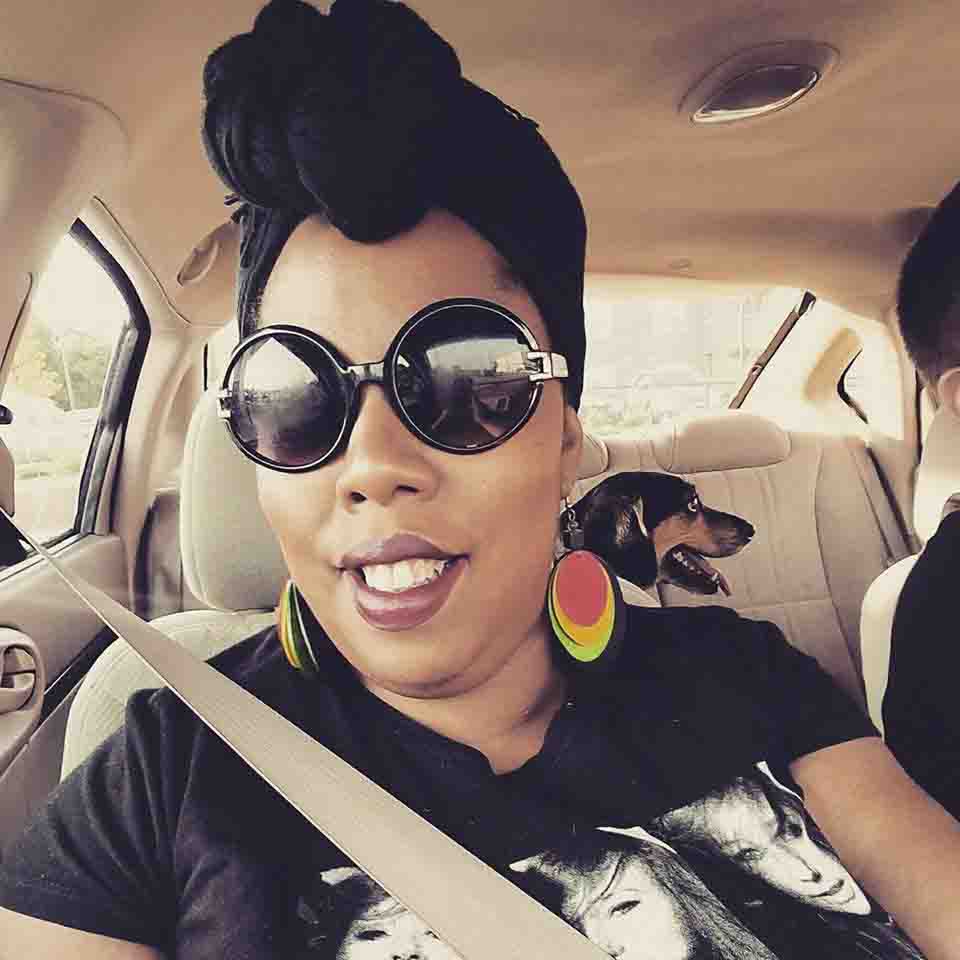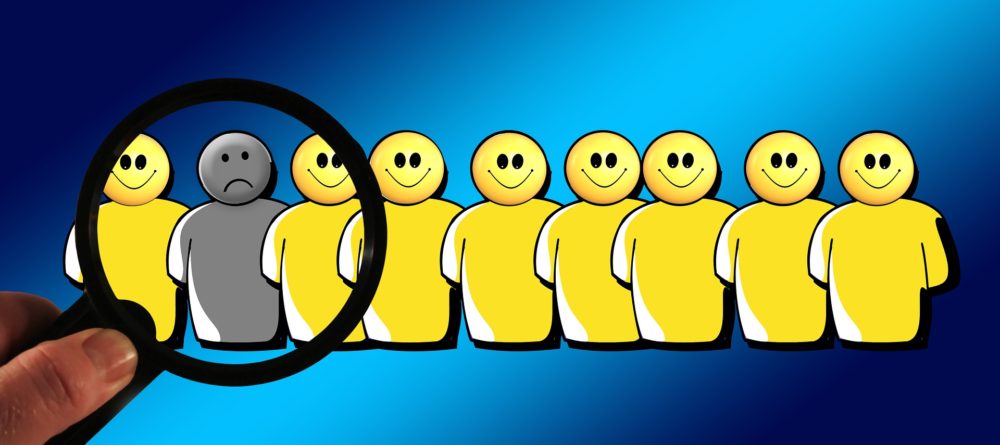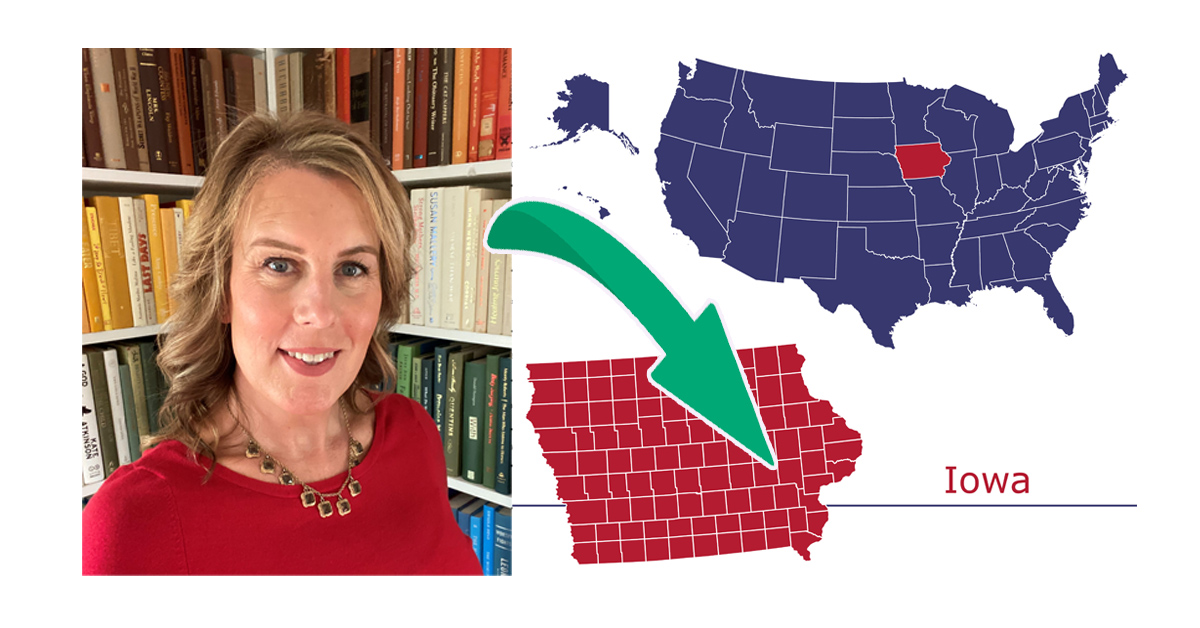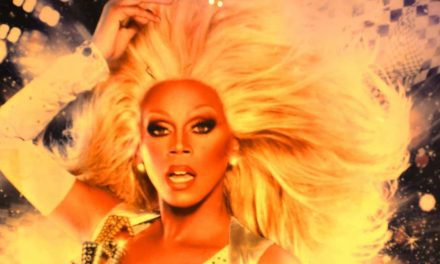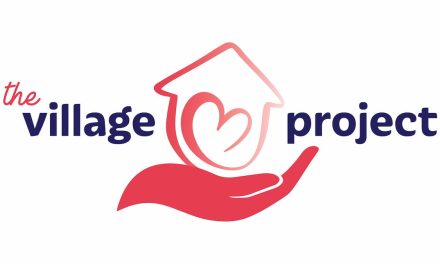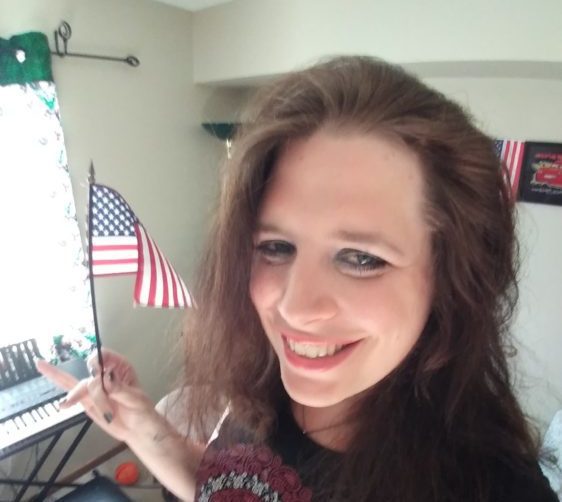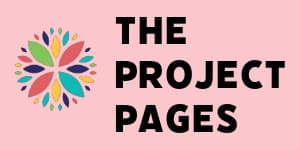After living in the South most of my life, I decided to leave Texas back in 2012, decidedly headed to a mainly white state.
When I visited Iowa City, I fell in love with the city-like feeling minus traffic hassles or long commutes or high crime rates. I called it “mini-Austin” and sought out things that non-Black people would not: Cajun seasonings, places that serve grits, stores with Black hair care products, Black hair salons, or authentic Mexican restaurants.
I wasn’t surprised at the small numbers of Black people, but I was surprised to discover the city itself is responsible for this lack of diverse services, and thus the small numbers of Black people here.
Downtown businesses cater almost fully to the 9-to-5 crowd, college students and retirees. And let’s be honest, those groups don’t include a lot of People of Color.
Our business class in this city works with our local police to create policies that push “certain folks” out of the downtown area under the guise of “safety.” The Ped Mall ordinance, restricting panhandling, storage of items and lounging on benches, was my first indication that the city was hostile towards homeless and the non-business class.
Our public transit system also makes life harder for poor residents, or for those who work second- and third-shift jobs. Housing costs keep rising, pricing out People of Color — or at minimum pushing us to the outskirts of town, to neighborhoods like where I live in west Iowa City.
Even if you can afford to live and thrive in Iowa City, if you’re Black, you will likely still not feel welcome, ironically, in a city that includes “diversity” on all of its promotional literature.
When I share these feelings, which are rarely spoken out loud in this city, I am not being disgruntled. Minority residents brave enough to share their experiences will back me up.
So do studies: in 2013, a report on racial equity in Iowa City showed the city is underserving its communities of color in areas of education, housing, employment, and business ownership.
People of Color are also sorely missing from roles of local government and city/county employment. For example, of Johnson County’s 574 employees, only 38 are people of color.
St. Ambrose University reported that minority drivers are twice as likely to be arrested during an ICPD stop – and that ICPD officers were twice as likely to request a voluntary search from minority drivers as from other drivers.
And finally, Black youth have a higher rate of interactions with police while at school and are more likely to be charged.
Even without this data and reports, you can talk to any current and former Black residents of Iowa City. They’ll share the same love-hate relationship with this city, and this state.
In particular, some of my friends share, they feel this from students. The microaggressions and pure ignorance that come from people’s mouths are jarring, but not a surprise. I have lost count how many times a college-aged white male has yelled “nubian princess” or “chocolate queen” at me.
The hardest thing about them is, you don’t really know who to watch out for here. When I lived in Louisiana, the enemy was clear: areas with confederate flags were a clear indication that “my kind” was not welcome.
Iowa is a different animal: you don’t really know you have enemies until the cops show up.
